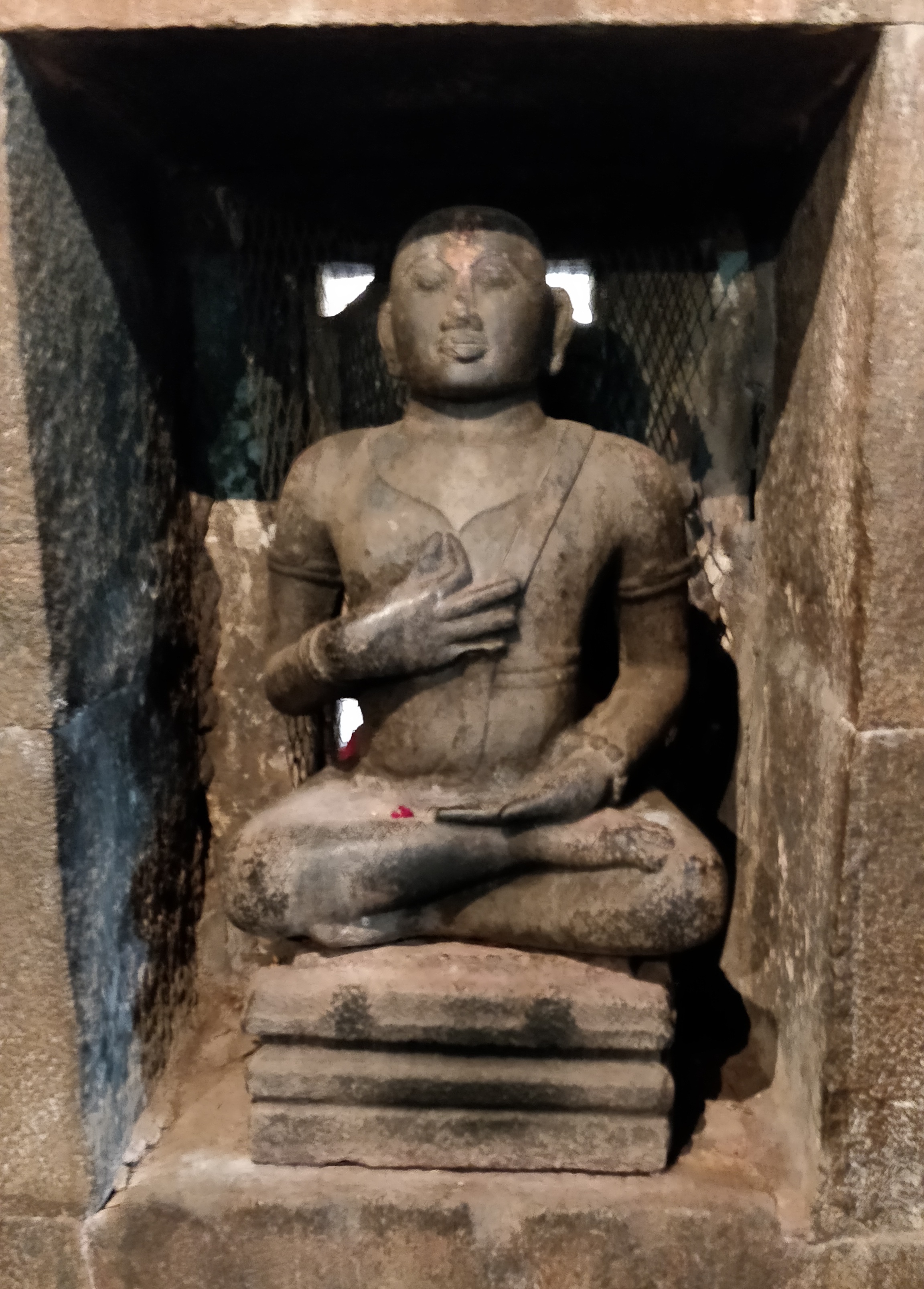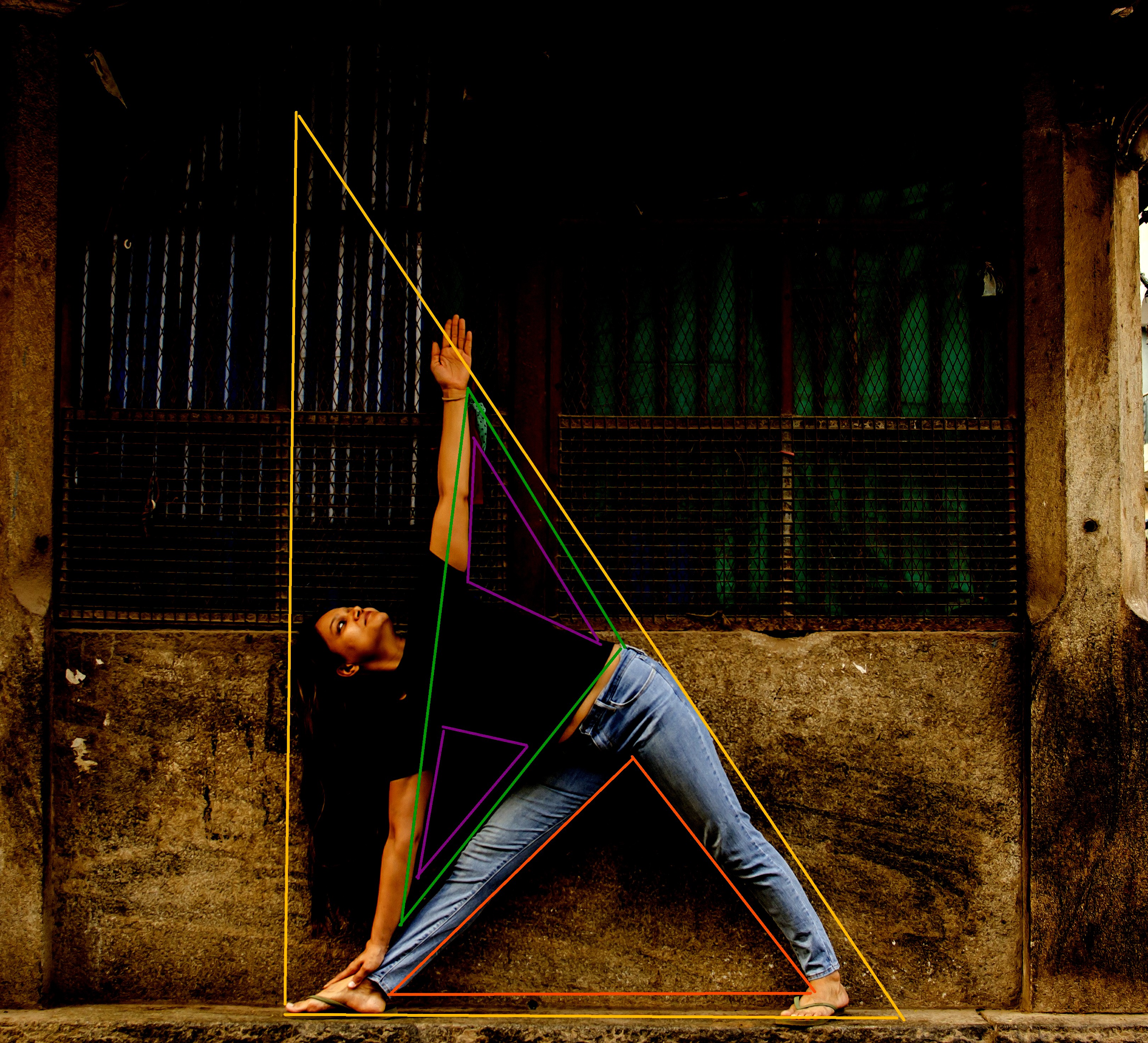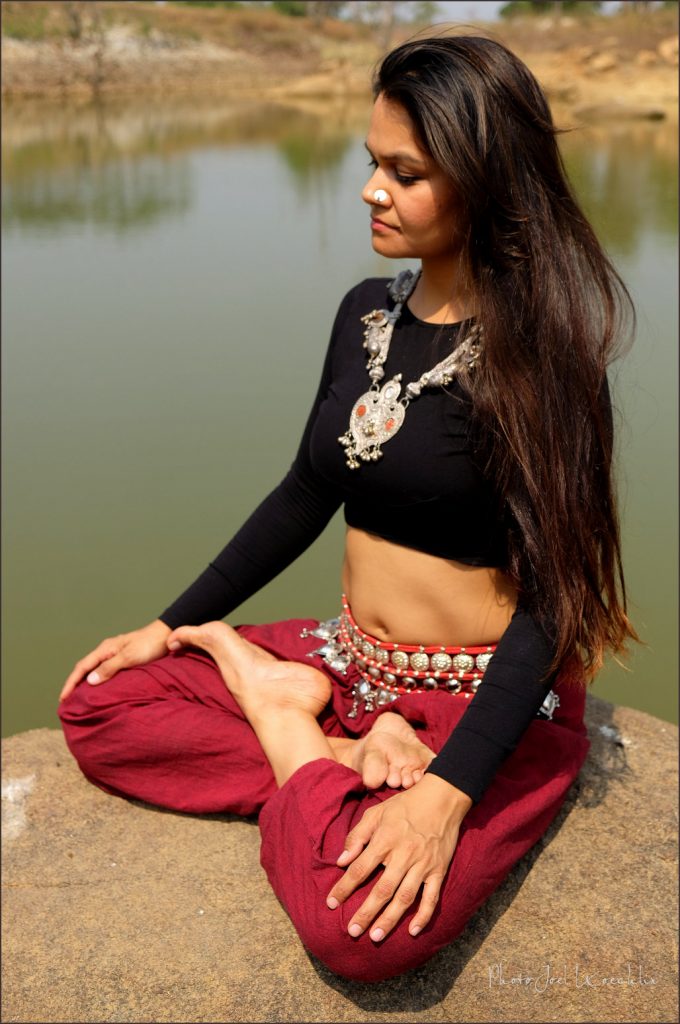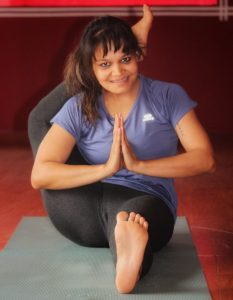
Finally getting the hang of this.
I headed to the institute at around 9 am this morning. In previous years I’ve always registered in the evenings so I wasn’t sure what to expect. I decided to wear my practice shorts just in case.
The person at the front desk smiled and nodded his head in recognition. He suggested I go practice first and come back later to get the registration forms.
Self-practice sessions at RIMYI can be intimidating. Alhtough you have people of all levels you tend to look only at those who are busy defying gravity. Today there were students going from adhomukha svanasana to urdhva dhanurasana and back again.
Watching students who have a better asana practice than you can be intimidating…or extremely inspiring. As a yoga student the one quality that has been of immense help to me has been that the only ‘I’ I take with me to a class is ‘I am a yoga student.’ Besides this I don’t think, ‘I can’t do back bends’ or ‘I have a mean urdhva kukkutasana’. I’m willing to explore what I already know. And willing to wrestle with prejudice, fear and doubt to discover new movements.
Besides the above two things, the other things I should mention for a month in Pune are:
- Don’t bring your yoga mat. You have every prop ever created available for use.
- Do bring comfortable walking shoes, preferrably ones that can withstand the rains. Pune is known for its sudden showers (it’s pouring as I write this). Don’t forget a trusted umbrella.
- Students generally bring skirts or loose pants to wear over their practice shorts rather than changing at the institute.
- Don’t forget your passport photos (along with the other documentation such as visa copies, passport copies etc). It had completely slipped my mind that I needed passport photos, but luckily had some extras in my wallet.
- You can pay your fees through cash or card.
- A lot of students like to have a coconut post class. I would recommend bringing your own re-usable straws rather than using the disposable plastic ones.
These are the few things that come to mind right now. In case you have specific queries, drop a comment.
Post practice I got my schedule. I have evening classes three times a week, and today happens to be an evening class. Fingers crossed for a good class and an awesome month.
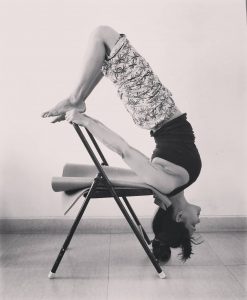
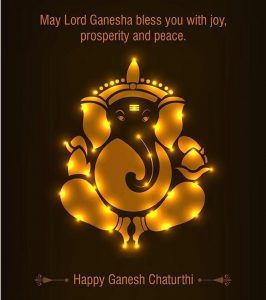
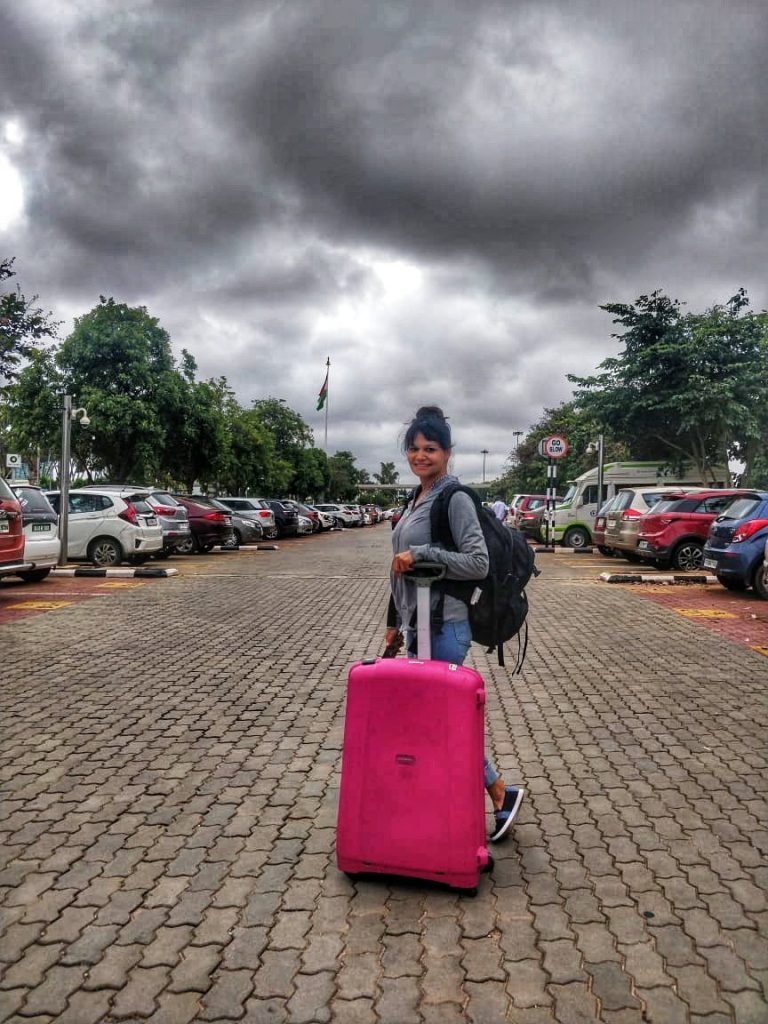
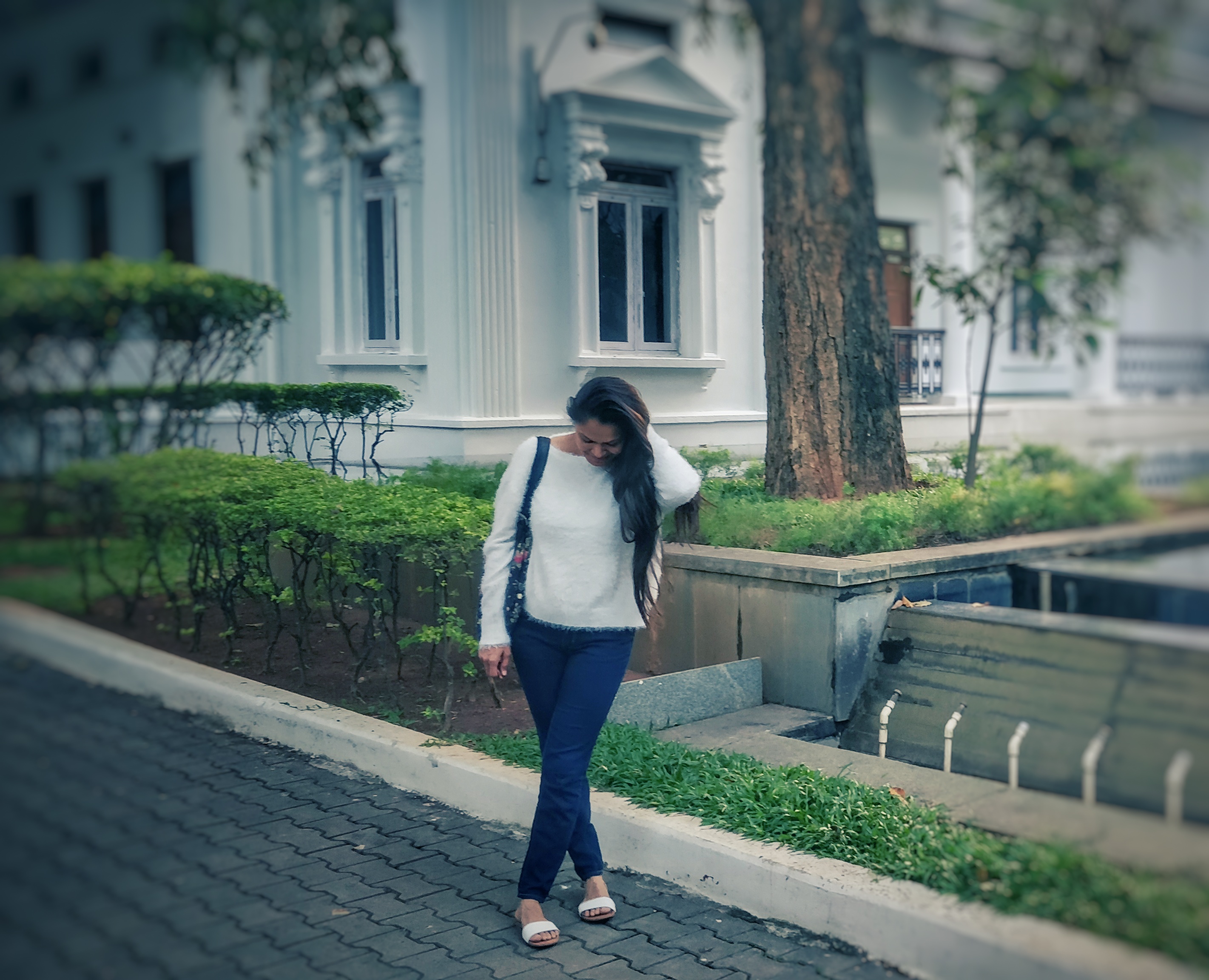
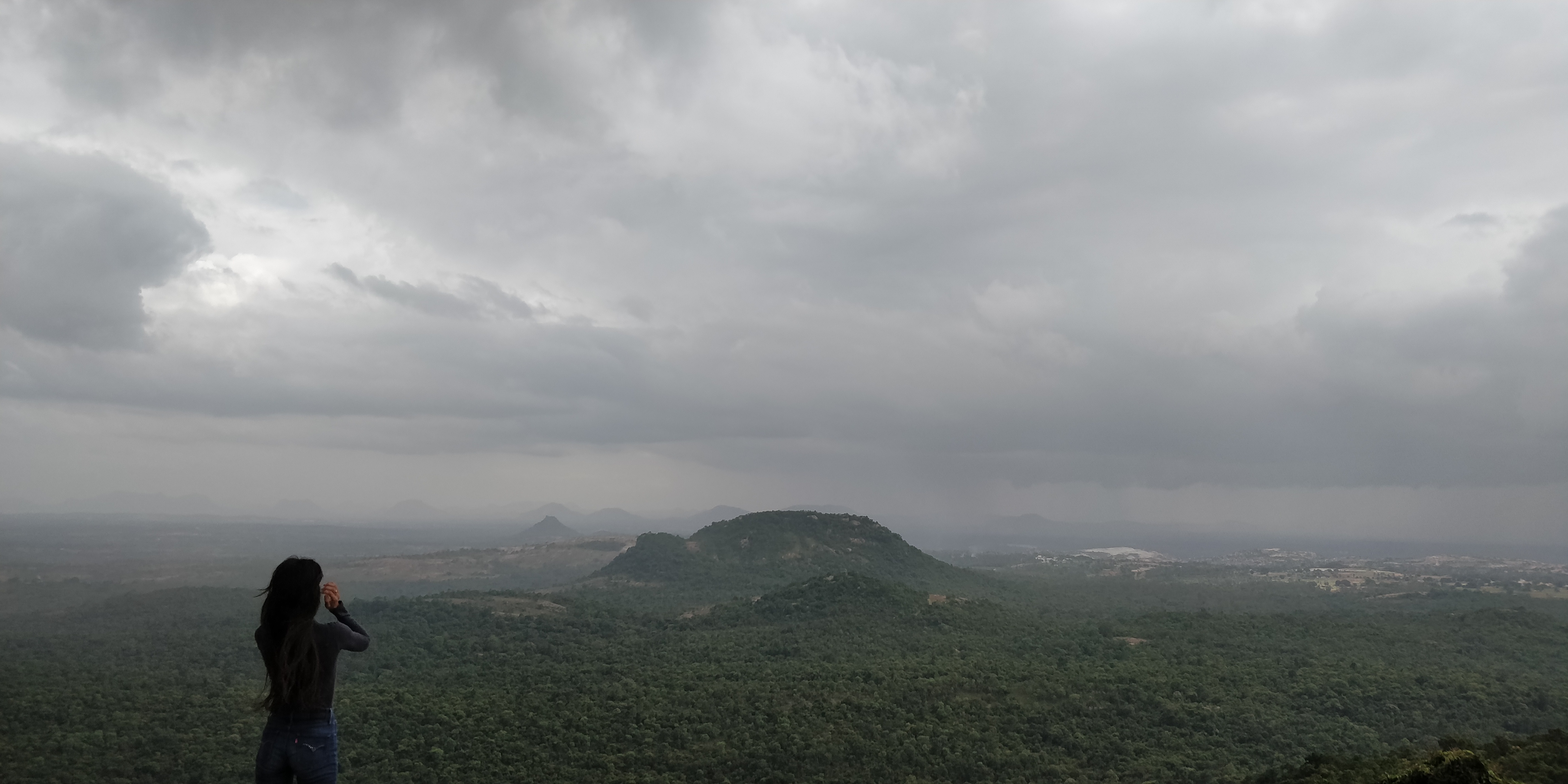
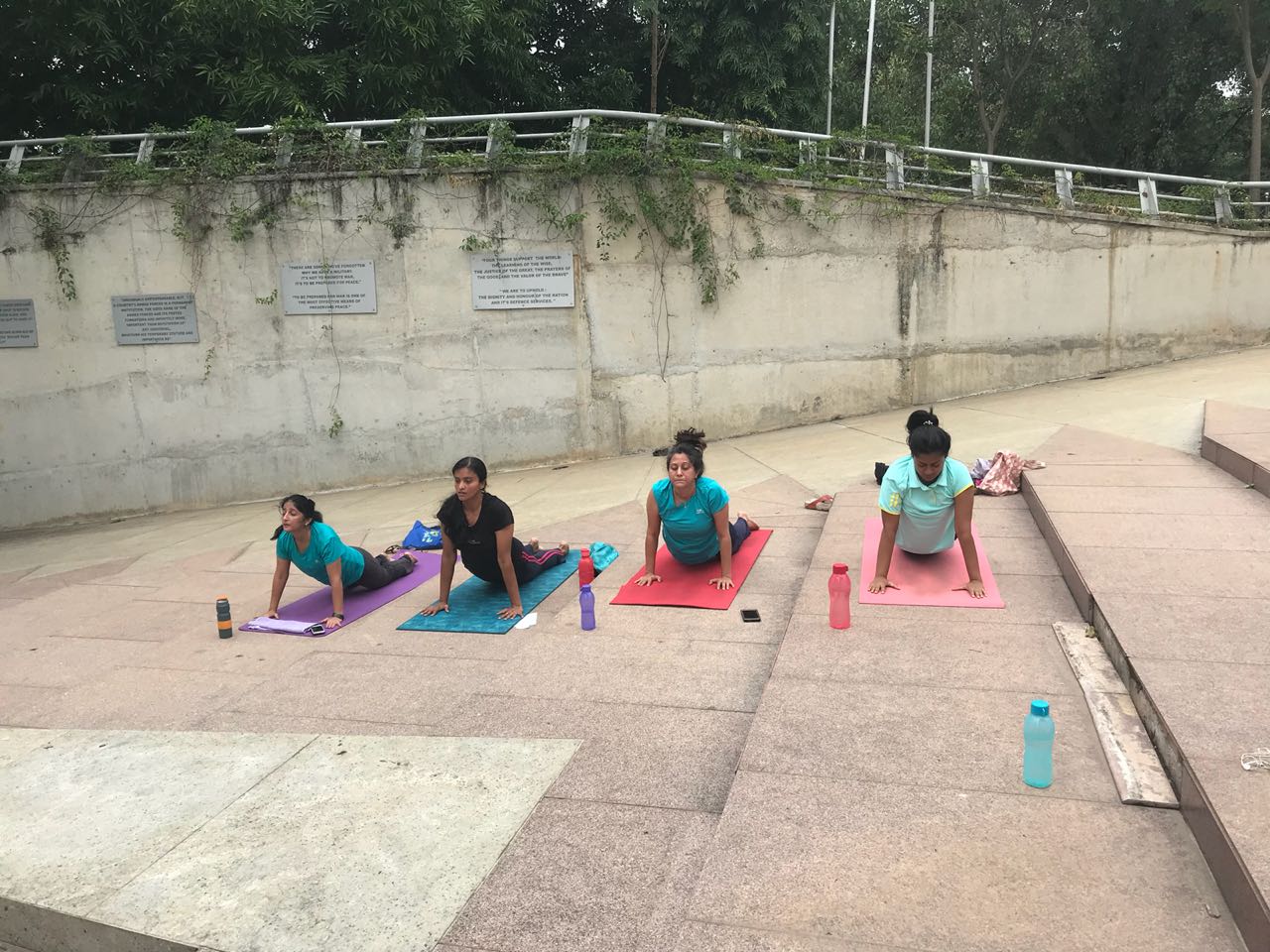
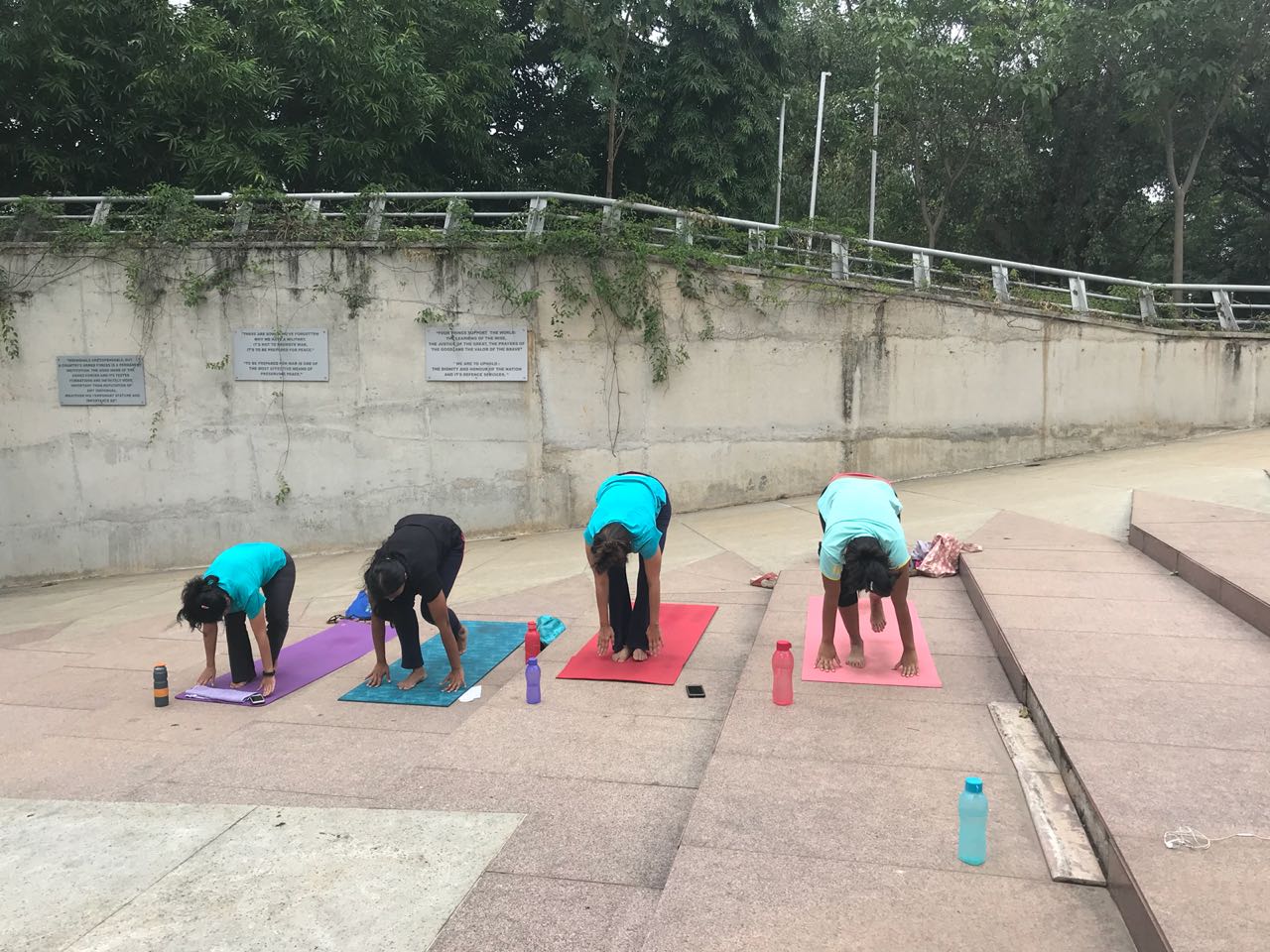
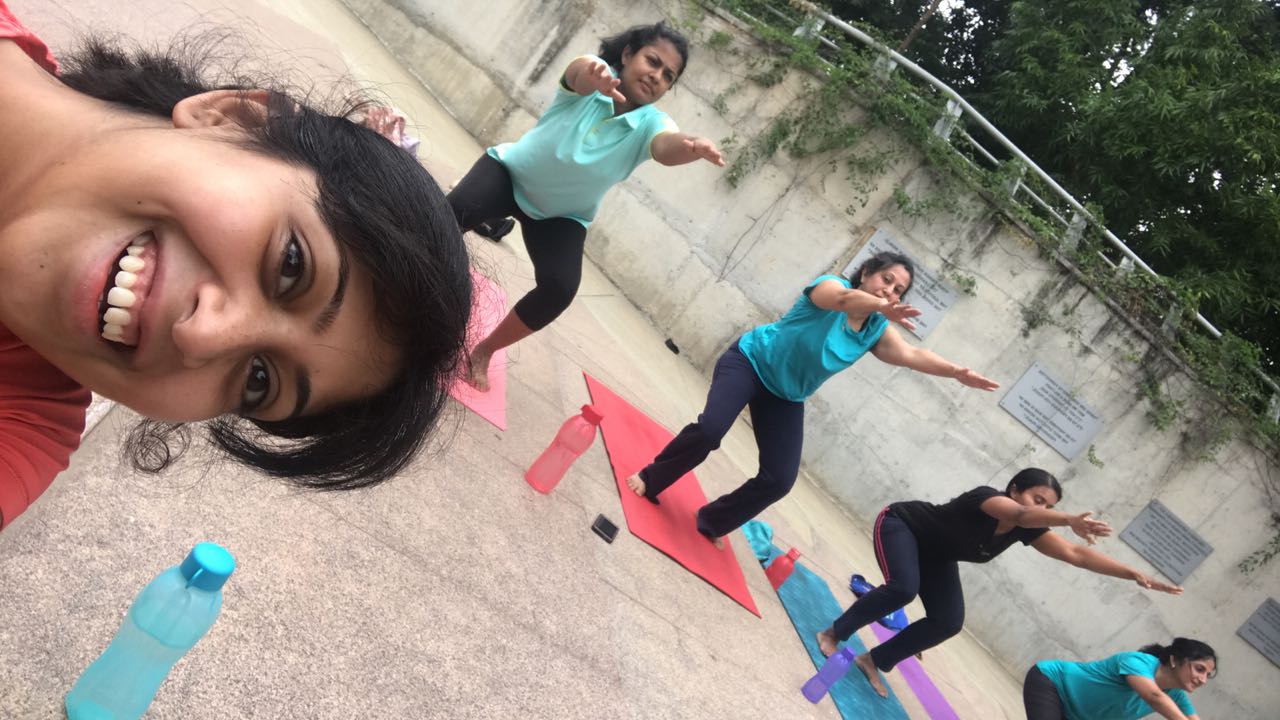
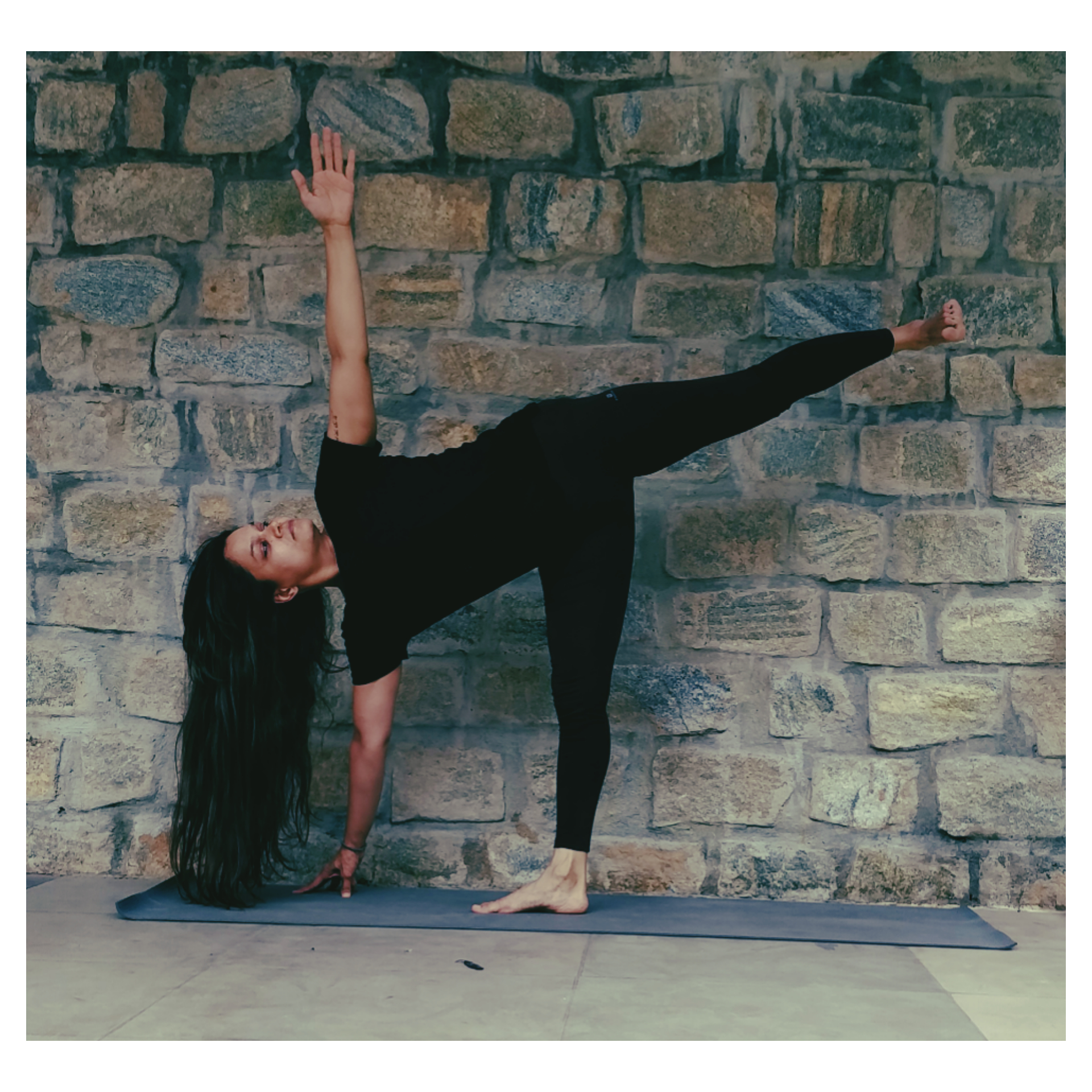 While registering for classes yesterday I had specially asked to be in one of Gulnaz’s classes. I was unable to attend class with her last year. But during my first year here, her classes were the highlight of my schedule. She’s energetic, spry, proficient, kind, shrill, entertaining and an overall awesome person. And I’m glad that I started my month at RIMYI with one of her classes.
While registering for classes yesterday I had specially asked to be in one of Gulnaz’s classes. I was unable to attend class with her last year. But during my first year here, her classes were the highlight of my schedule. She’s energetic, spry, proficient, kind, shrill, entertaining and an overall awesome person. And I’m glad that I started my month at RIMYI with one of her classes.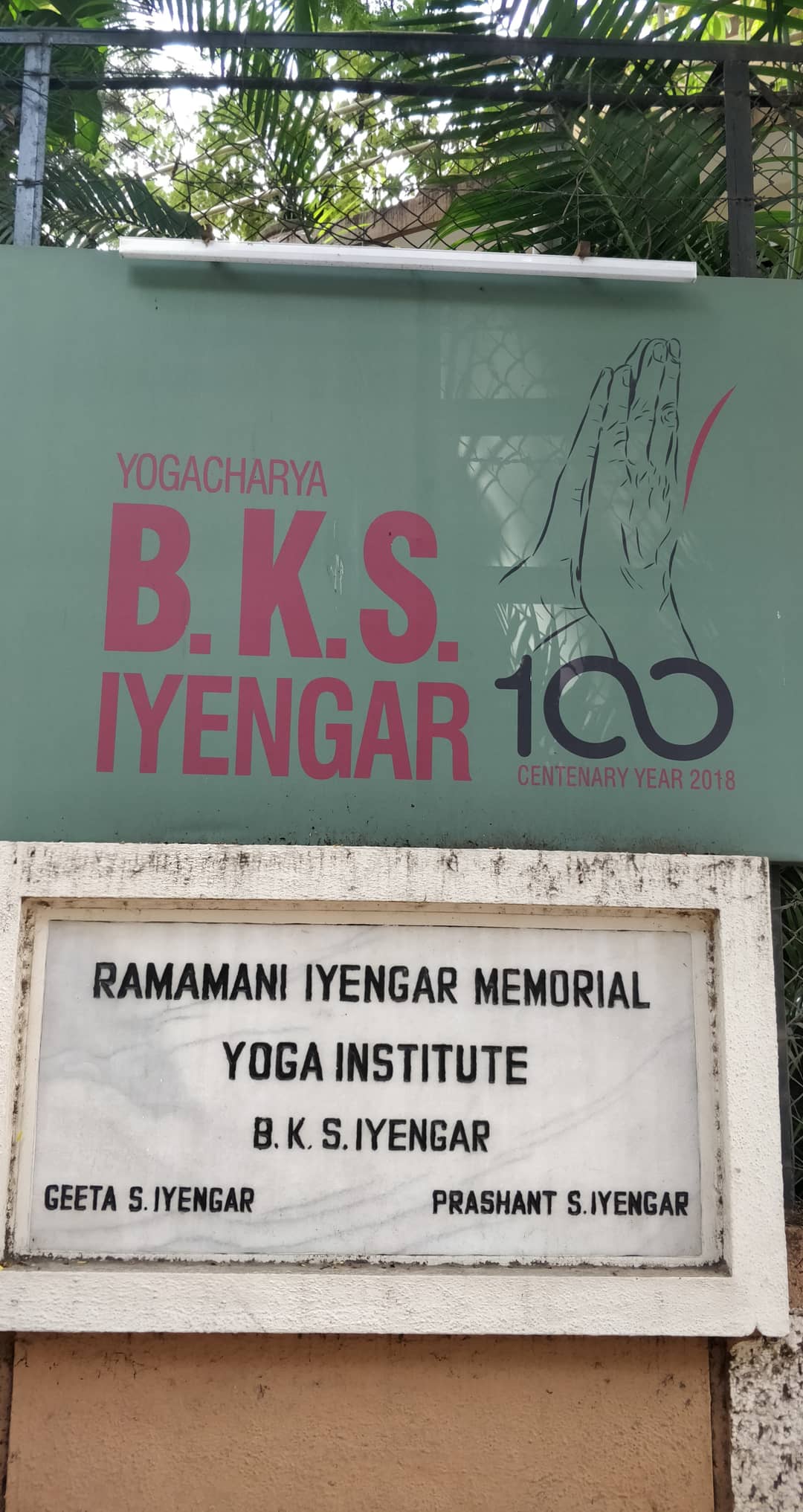
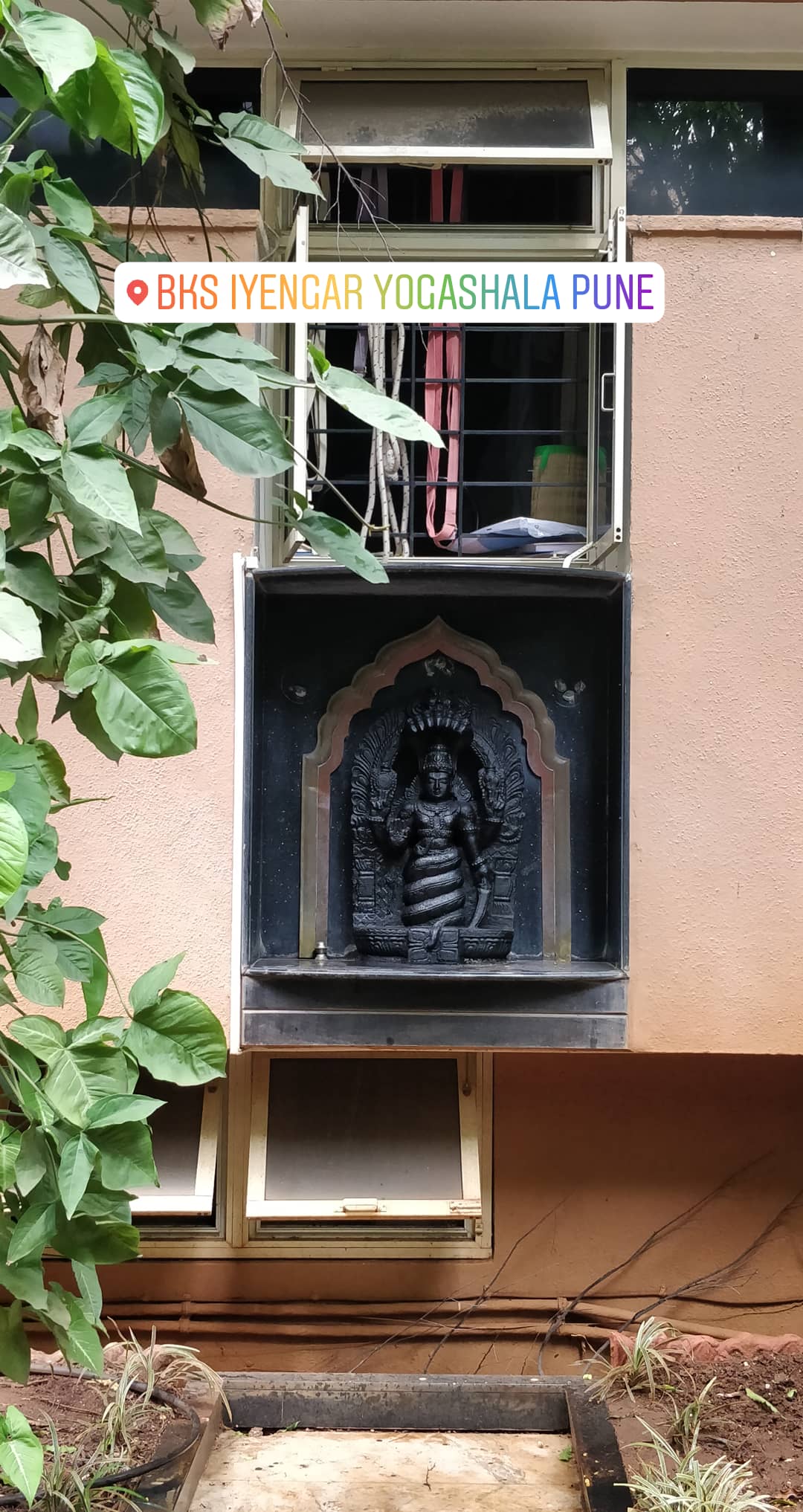
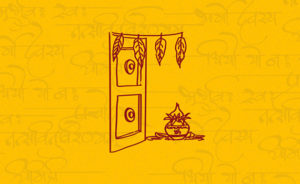 A few weekends ago I attended a friend’s house warming party. In India there is always an element of ritual. So while a housewarming can be a little party for a bunch of close friends, here it becomes an event of larger significance. So a purohit is called. You get the stuff for the puja together, you plan for caterers, you send out invites….
A few weekends ago I attended a friend’s house warming party. In India there is always an element of ritual. So while a housewarming can be a little party for a bunch of close friends, here it becomes an event of larger significance. So a purohit is called. You get the stuff for the puja together, you plan for caterers, you send out invites….
